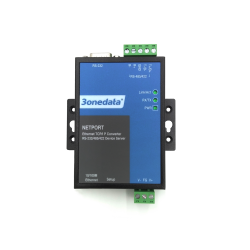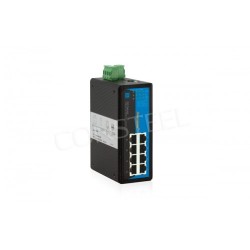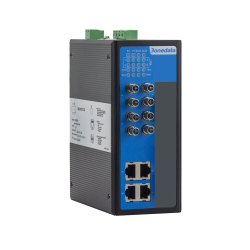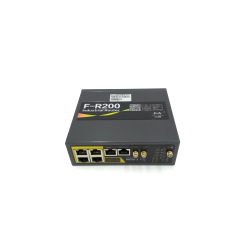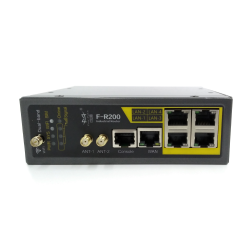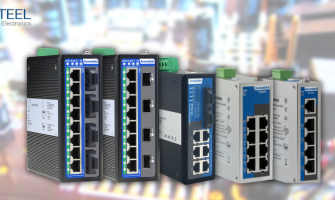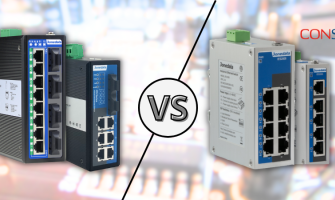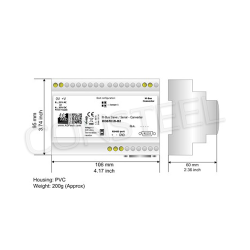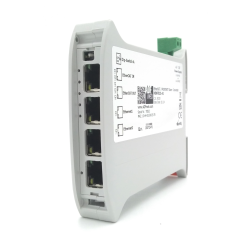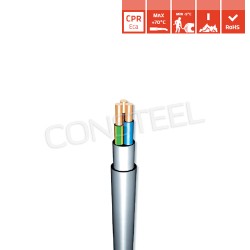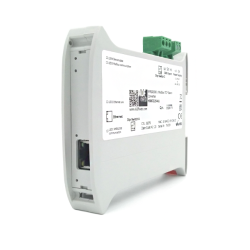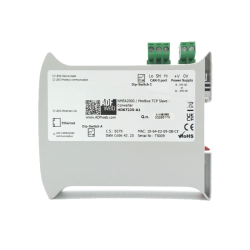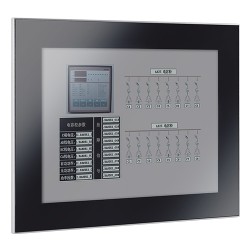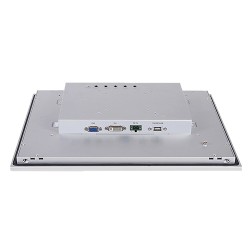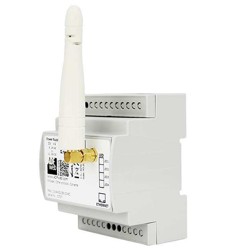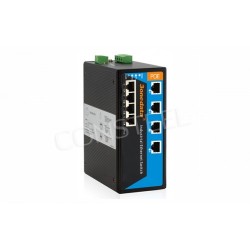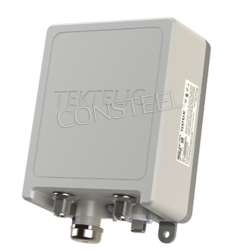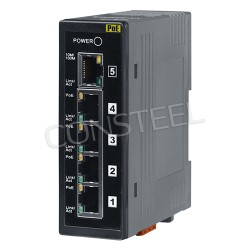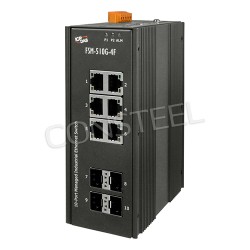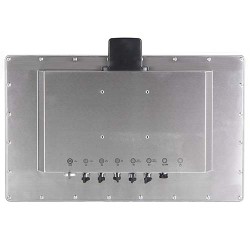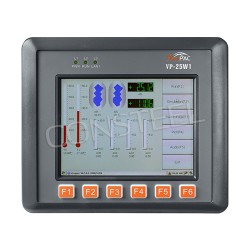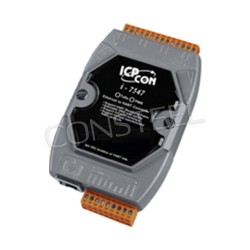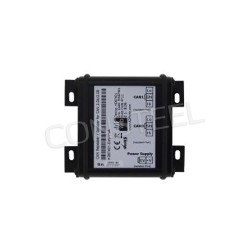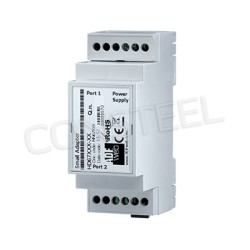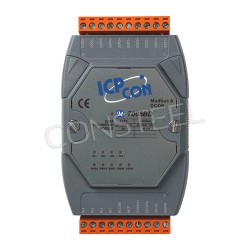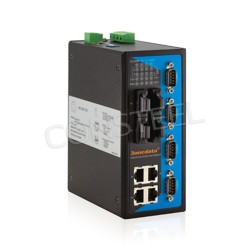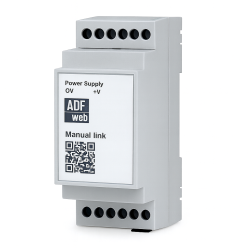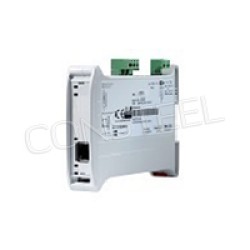Communication system in photovoltaic farms

The shift to sustainable energy sources has led to the widespread adoption of photovoltaic (PV) farms as a key component of the renewable energy landscape. To maximize the performance and monitor the efficiency of these extensive PV installations, a robust and proven communication system is crucial. The use of complex communication systems is designed to optimize costs and maximize the efficiency of the energy-producing system and ensure smooth and continuous operation of the farms.
Communication infrastructure in photovoltaic farms
Data acquisition and monitoring:
The heart of a photovoltaic farm communication system is its ability to collect and monitor data from individual solar panels, inverters, weather sensors and other relevant components. Real-time data collection allows operators to track the performance of the entire system, quickly identify problems and optimize energy efficiency. An important component of the network is the use of appropriate managed switches with the right number of Fast Ethernet ports, fiber ports, support for multisession or with fast recovery time. An example of such a switch used in photovoltaic farms around the world would be the MES600-4T4F.
SCADA (supervisory control and data acquisition) systems:
SCADA systems form the backbone of communication in photovoltaic farms. They provide a centralized platform for monitoring, control and data collection. SCADA systems collect information from various points in a photovoltaic farm and present it in a comprehensive and accessible interface, enabling operators to make informed decisions. It is important that all, devices can be integrated into the SCADA system, in case there are difficulties appropriate converters such as NP301 can come handy
Wireless sensor networks:
Photovoltaic farms often cover vast areas, making traditional wired communication impractical. Wireless sensor networks are used to connect sensors and devices across the farm. This wireless infrastructure enables efficient communication, reducing installation costs and allowing for more flexible system expansion.
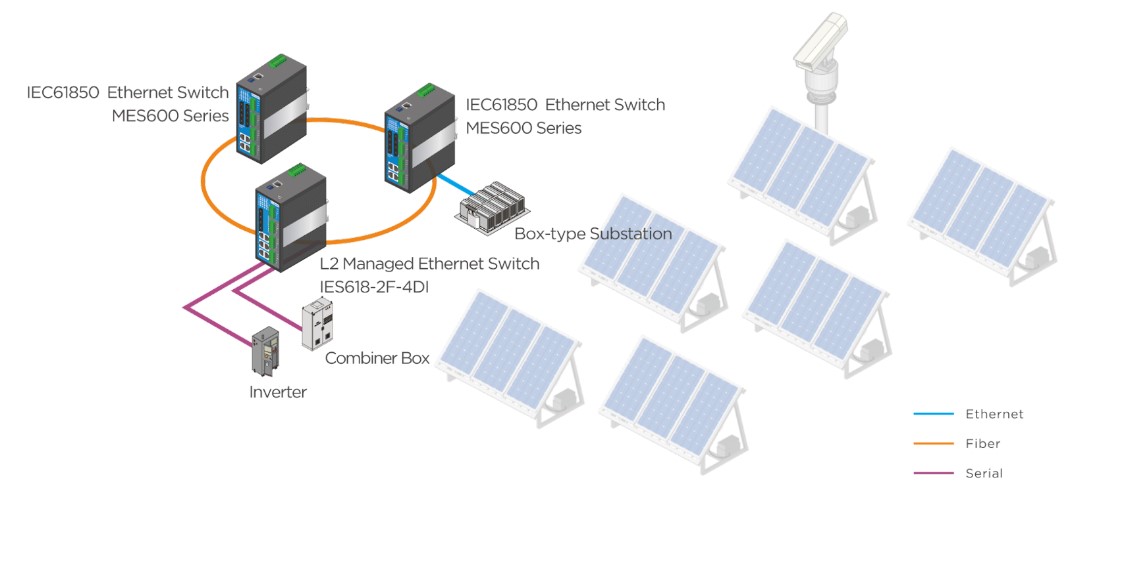
Cloud-based platforms:
Cloud-based platforms play a key role in aggregating and storing the vast amounts of data generated by PV farms. These platforms facilitate remote monitoring, data analysis and predictive maintenance, enabling operators to optimize energy production and plan for system upgrades or repairs. Due to the location of photovoltaic farms, it is often not possible to connect them with a fiber optic cable; in such cases, industrial-grade routers with long range and enhanced protection such as the F-R200-FL
Cybersecurity measures:
Given the critical nature of energy infrastructure, robust cyber security measures are essential. Communication systems in PV farms use encryption protocols, firewalls and authentication to protect against cyber attack. That's why it's important that the routers used in a photovoltaic farm network have adequate network security such as WEP, WPA, WPA2 Mixed Mode or SSID.
Remote monitoring and control:
Remote monitoring and control are essential for effective maintenance and troubleshooting. The communication system allows operators to remotely access and control various components of a photovoltaic farm, reducing downtime and minimizing the need for physical intervention. Video monitoring installations operating in a Ring topology are a common solution used on farms. For remote monitoring to be effective you need to use top-of-the-line equipment. Managed switches should be able to operate in a ring topology and have a fast connection recovery time of less than <20ms and have high environmental parameters such as industrial switch IES618
Photovoltaic farm communication system plays a key role in ensuring the reliability, efficiency and safety of renewable energy production. As technology continues to evolve, these systems will evolve to meet the growing demands of large-scale photovoltaic installations. Using smart communication technologies, PV farms can make a significant contribution to the global transition to sustainable and environmentally friendly energy sources.













